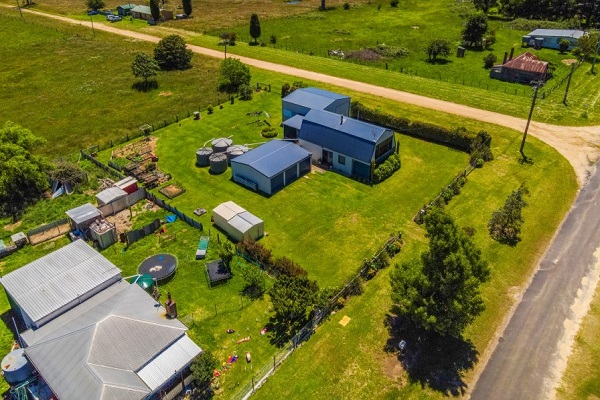Subdividing the family home to unlock value

Many retirees find themselves cash-poor but asset-rich. For those living on larger properties, subdividing and selling unused land can be a potential retirement strategy to generate funds for income-producing assets.
While this approach may suit some circumstances, it’s crucial to understand the potential income tax and capital gains tax (CGT) implications as well as downsizer contribution limitations.
Duplicate the above container for more 2 column sections OR Duplicate the below container for 1 column text only sections. (DON’T FORGET TO DELETE THIS CONTAINER)
Understanding subdivision of your family home property
When you subdivide a block of land, each new block receives a separate title and is treated as a distinct and separate asset for tax purposes.
Selling a subdivided block may trigger CGT.
To calculate the capital gain or loss, the acquisition date of the subdivided blocks is the same as the acquisition date of the original parcel of land.
The cost base of the original land is divided between the subdivided blocks on a reasonable basis to determine the cost base of the subdivided new lots of land.
Subdividing and selling land may be taxed as income from a profit making undertaking or scheme, rather than under the CGT regime.
This is a complex area and depends on a range of factors, including the extent of subdivision and development works.
Professional advice from a tax lawyer or other professional advisor should be obtained before proceeding with any subdivision and development.
The main residence exemption
Typically, any capital gain from selling your main residence is entirely disregarded for CGT purposes (i.e. is exempt from CGT), provided you haven’t used your home for income-producing purposes.
However, this exemption may not apply to subdivided blocks.
The CGT main residence exemption requires that the capital gain relates to your “dwelling”, which includes your home and up to 2 hectares of adjacent land used primarily for private or domestic purposes.
This 2 hectare limit includes the land beneath your home.
Consequently, if you subdivide and sell a block of vacant land on a new title, it’s no longer considered part of your home and so doesn’t qualify for the CGT main residence exemption.
Case study
Anusha and Previn purchased their home on 2 hectares of land 20 years ago for $100,000.
They subdivide the land into 2 lots and sell the vacant lot on a separate title for $500,000, while remaining in their original home.
The original cost of $100,000 is divided on a reasonable basis, resulting in a capital gain of $450,000.
For adjacent land, the main residence exemption only applies if the same CGT event happens to both the land and the dwelling that is the owner’s main residence.
As a result, Anusha and Previn’s capital gain on the vacant land when it’s sold won’t qualify for the main residence exemption making them liable for tax on any capital gain.
Downsizer contribution limitations
Since the vacant land has lost its association with Anusha and Previn’s main residence, they’re also ineligible to contribute any of the sale proceeds to superannuation as a “downsizer contribution”.
Eligibility requires the contribution to be equal to part or all of sale proceeds from the sale of a dwelling.
Exploring alternatives
Anusha and Previn could ask their accountant or tax lawyer to investigate other variations of subdivision and sale that would be more tax effective, other CGT concessions that may be available and alternative methods to contribute the proceeds to superannuation.
The importance of professional advice
Tax law advice is essential when developing retirement strategies which might include subdividing the family home and selling part of it.
A qualified professional advisor can help with:
- alternative subdivision strategies that may qualify for at least a partial main residence exemption;
- exploring options to contribute proceeds to superannuation as a downsizer contribution; and
- identifying other tax-effective strategies to maximise retirement income.
Before proceeding with any subdivision plans, it’s crucial to seek expert advice to ensure you’re making informed decisions that align with your retirement goals and comply with current tax regulations.
Disclaimer: The information on this page is for general information purposes only and is not specific to any particular person or situation. There are many factors that may affect your particular circumstances. You should seek professional advice from a suitably qualified and licensed advisor before making any decisions.
